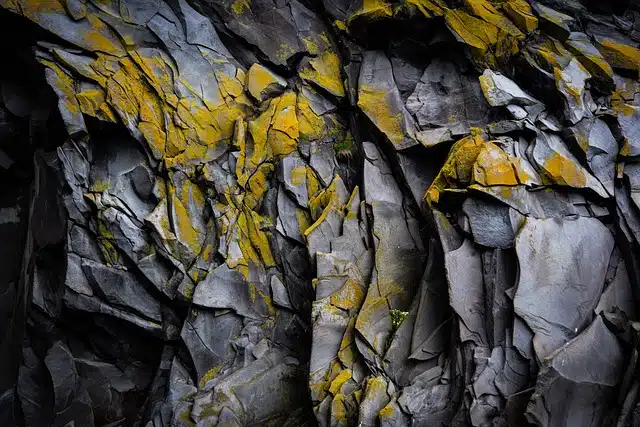
For geology, discontinuity is given by the limits between layers of rocks that have different densities.
The first thing we are going to do is know the etymological origin of the term discontinuity that concerns us now. In this case, we can establish that it derives from Latin and that it is the result of the sum of several differentiated parts of that language:
-The prefix dis- , which can be translated as “separation”.
-The prefix con- , which is synonymous with “together”.
-The verb tenere , which means “to retain.”
-The suffix -uo , which is used to indicate “relationship”.
-The suffix -dad , which is used to indicate “quality”.
Concept of discontinuity
The Royal Spanish Academy ( RAE ) defines the term discontinuity as the characteristic of that which is discontinuous : that is, that it is not continuous (it is interrupted, has intermittencies, etc.).
The concept of discontinuity appears in different areas. In the field of mathematics , we speak of the discontinuity of a function when it is not continuous at a point.

The idea of discontinuity is used in philosophy.
The concept in mathematics
A discontinuous function, therefore, presents a discontinuity at a certain point. In a continuous function, on the other hand, its value changes gradually with the changes recorded by the independent variable.
There are, in mathematics, two main types of discontinuities: avoidable discontinuities and non-avoidable discontinuities . In non-avoidable ones, we can differentiate between those of the first type and those of the second type . Non-avoidable discontinuities of the second kind, in turn, can be finite jump , infinite jump or asymptotic .
Discontinuity in geology
Geology , for its part, speaks of discontinuity to name the limits found between layers of rocks that have different densities.
Precisely within this area we find several types of discontinuities, among which the following stand out:
-The Lehmann discontinuity , discovered by seismologist Inge Lehmann in 1936 . It refers to the limit that exists between the solid inner core of the Earth and the liquid outer core.
-The Mohorovicic discontinuity is the term used to refer to the transition zone that exists between the Earth's mantle and the crust. It is also popularly known as mold .
-The Gutenberg discontinuity was discovered by seismologist Beno Gutenberg in 1914 . It refers to the division that exists between the Earth's core and the mantle, which is considered to be located about 2,900 kilometers deep.
In the same way, we cannot ignore the existence of what is known as seismic discontinuity . This term refers to a sudden change in the speed of seismic waves.
The notion in social psychology and philosophy
For social psychology , discontinuity refers to the transformation of an individual cognitive process due to the influence that the individual himself receives by participating in various groups that are part of a society .
In philosophy , finally, discontinuity is the idea used to indicate the interruption of the supposed continuous progress of science. As knowledge accumulates, society establishes what it considers true for the present and generates discontinuities and leaps with each change of era, reconfiguring its discourse.
